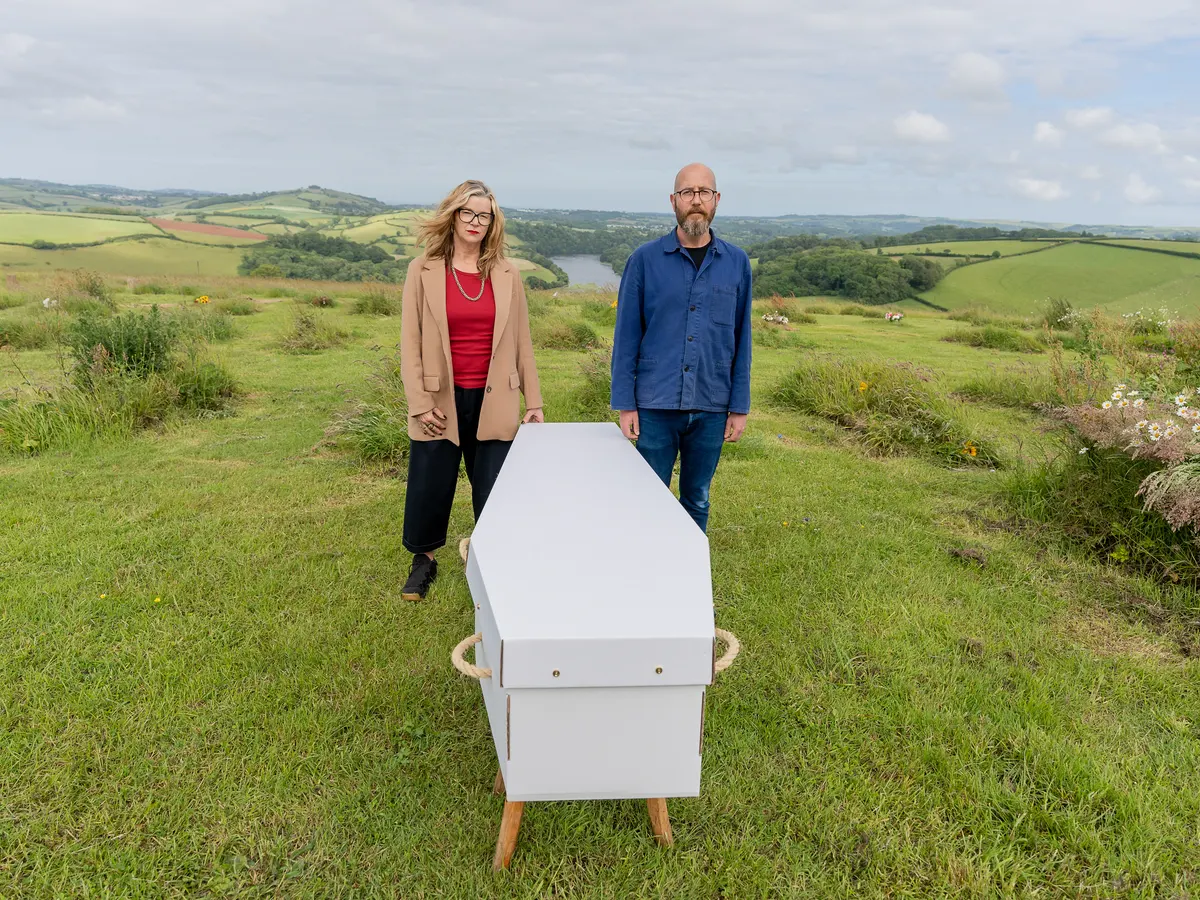Cremation vs. Burial: Which Is More Sustainable for Future Generations?
When it comes to the final disposition of our loved ones, two common options have been practiced for centuries: cremation and burial. Both methods have their unique cultural, religious, and personal significance, but in today’s world, sustainability and environmental considerations are becoming increasingly important factors in making this choice. The question arises: Which is more sustainable for future generations, cremation or burial?
Cremation, the process of reducing a body to ashes through high-temperature burning, is often touted as a more environmentally friendly option compared to traditional burial. One of the key reasons behind this is the reduced land usage. Burial requires significant land allocation for cemeteries, leading to deforestation, habitat destruction, and urban sprawl. Cremation, on the other hand, typically requires less land space, as the ashes can be stored in urns or scattered in a meaningful location.
Moreover, cremation reduces the need for resource-intensive burial materials like caskets, embalming fluids, and tombstones. These materials contribute to the depletion of natural resources and the release of harmful chemicals into the environment. Cremation minimizes this impact, making it a more sustainable choice in terms of resource consumption.
However, it’s important to acknowledge that cremation is not entirely without its environmental concerns. The energy required for cremation can result in significant greenhouse gas emissions. The process also releases pollutants into the atmosphere, such as mercury from dental fillings. To mitigate these issues, some crematories have adopted cleaner technologies and mercury removal systems, making cremation a more sustainable option than it once was.
On the other hand, burial also has its environmental challenges. Traditional burials often involve embalming, a process that utilizes toxic chemicals. These chemicals can leach into the soil and potentially contaminate groundwater, posing risks to the environment and public health. Additionally, while natural or “green” burials are gaining popularity, they require specific burial grounds and may not be available or practical in all locations.
One sustainable alternative to traditional burial is the practice of natural or green burials. In natural burials, the body is interred in a biodegradable coffin or shroud without embalming or a traditional tombstone. This allows the body to decompose naturally and return nutrients to the soil, benefiting the ecosystem. Natural burial grounds are often maintained in a way that supports native plants and wildlife.
In conclusion, the sustainability of cremation versus burial for future generations depends on various factors and considerations. Cremation generally has a smaller physical and resource footprint, but it does have environmental challenges related to energy use and emissions. Traditional burial can be unsustainable due to land usage and embalming, but green burials offer a more environmentally friendly alternative.
Ultimately, the choice between cremation and burial should be a personal one, taking into account cultural, religious, and environmental values. Families can also explore eco-friendly options within both methods, such as green burial practices or choosing cremation with carbon offset initiatives to reduce its environmental impact.
If you’re considering your end-of-life arrangements, it’s essential to research and consult with professionals who can help you make an informed decision that aligns with your values and sustainability goals. For more information and assistance with your funeral planning needs, visit arlingtonmortuary.com, where experienced professionals can guide you through the process while considering your environmental concerns.
